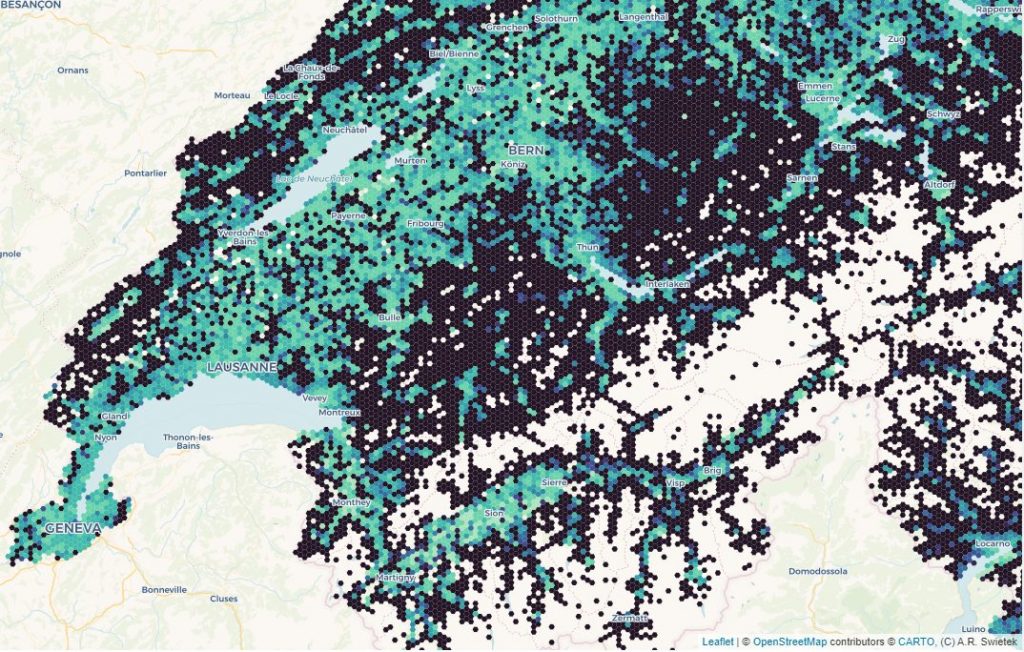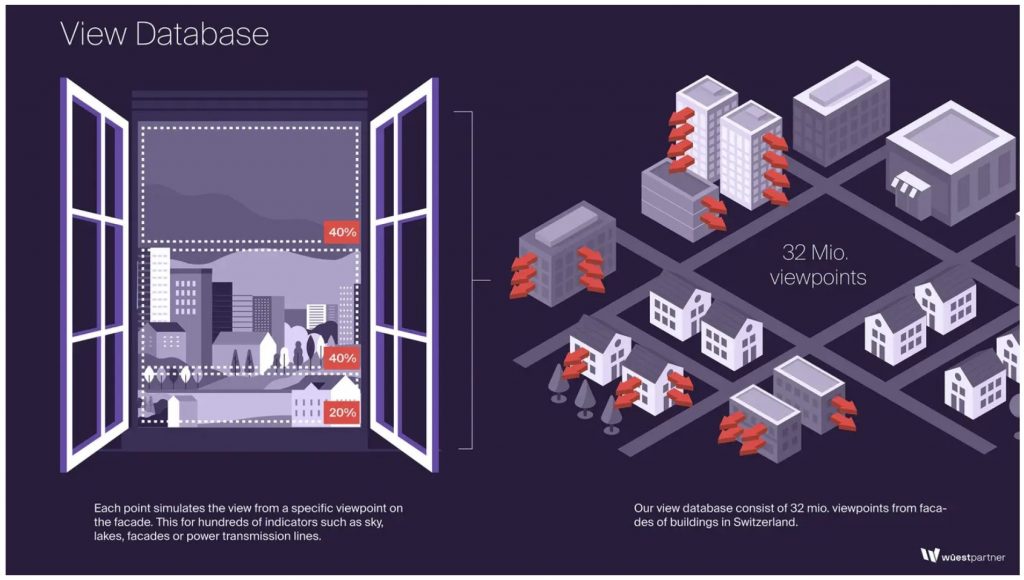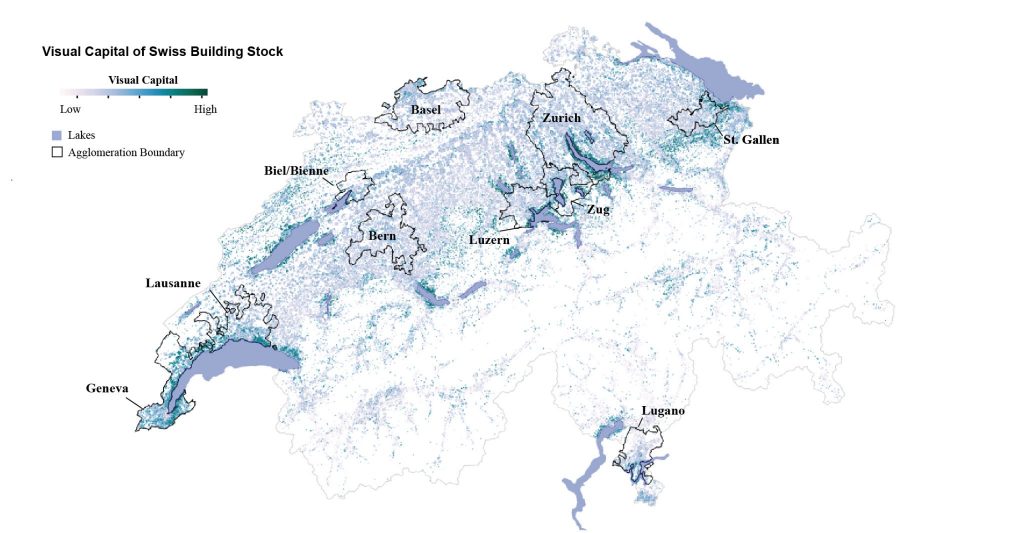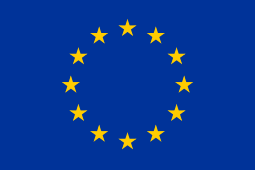
Since this is the most comprehensive dataset of view-metrics from a large-scale digital twin, sharing this openly could open the door for downstream interdisciplinary studies; perhaps research on urban health, well-being and inequity across regions.
What is the project about?
View and visual quality are commonly understood to effect well-being and play a role in how individuals perceive landscapes and how they make decisions. In fact, visual landscape quality is an important determinant of real estate valuations. However, current approaches to quantify visual quality such as those utilizing street-view imagery are limited to a street-centered perspective. A gap in accounting for visual information at a specific elevation and orientation has thus far prevented us from making building-level assessments and predictions.

Copyright: Adam Swietek
In this project we develop a dataset of view-metrics derived from an industry partner’s large-scale digital twin (i.e. 3D Geographical Information System model) that describes the 3D-viewshed for each building in the Swiss building stock. Importantly, we estimate the preference for a building’s portfolio of viewpoints, which we call Visual Capital (VC). We go onto analyze the spatial distribution of VC, comparing regions and defining geographic regions of high-VC. The article is currently under review, but keep an eye out for our pre-print under the title ‘Visual Capital: large-scale assessment of building-level visual quality’.

Copyright: Wüest Partner
Why Open?
In practice, large geographical coverage assessments require huge amounts of data and computational effort which is a big reason why previous studies are limited to local/small scale studies (like the city of Lausanne). Since this is the most comprehensive dataset of its kind, sharing this openly could benefit others. My interest in studying the entirety of the Swiss building stock is to generate insight on real estate valuations and inform generative design procedures – but I feel this also opens the door for downstream interdisciplinary studies; perhaps research on urban health, well-being and inequity across regions.
Who benefits from it?
The fact that VC is a single measure of building-level visual quality that can be applied to the entire Swiss building stock makes our study appealing to a large audience. We believe VC is a useful concept for interdisciplinary research going beyond the scope of this project whether financial, social, environmental or physiological. This can include research on home appraisal methods, well-being assessments, or urban design evaluation techniques. In Switzerland we already benefit from an extensive catalog of spatial data, but that’s not always the case. So as more cities digitize their building stock, the approach described here can serve as a blueprint for future assessments of environmental preferences within the built environment.

Copyright: Adam Swietek
How did you make it Open?
With a great help from the ENAC IT4R team! Charlie Weil and Pierre Guilbert were critical in the development of the webmap, where users can interact with the viewdata and explore visual capital across Switzerland. The data includes the full range of new 3D spatial metrics in an aggregated form (as 1-km hexbins and communes) following privacy-protection regulations.
The analysis and aggregation of data was predominately done on Python, PostgreSQL and postGIS. Regarding the webmap,the following tools and steps were used:
- Tippecanoe, to generate vector tiles from geodata
- Leaflet, an open-source JavaScript library to visualise and style the maps
- VectorGrid, to display gridded vector tiles
- Github, to host the website
Of course, there’s still plenty of work to do and opportunity to improve, but if anyone’s interested in ‘What the Swiss See’ they can check out visualcapital.xyz.

This project has received funding from the European Union’s Horizon 2020 research and innovation programme under the Marie Skłodowska-Curie grant agreement No. 754354
Contact: Adam Swietek